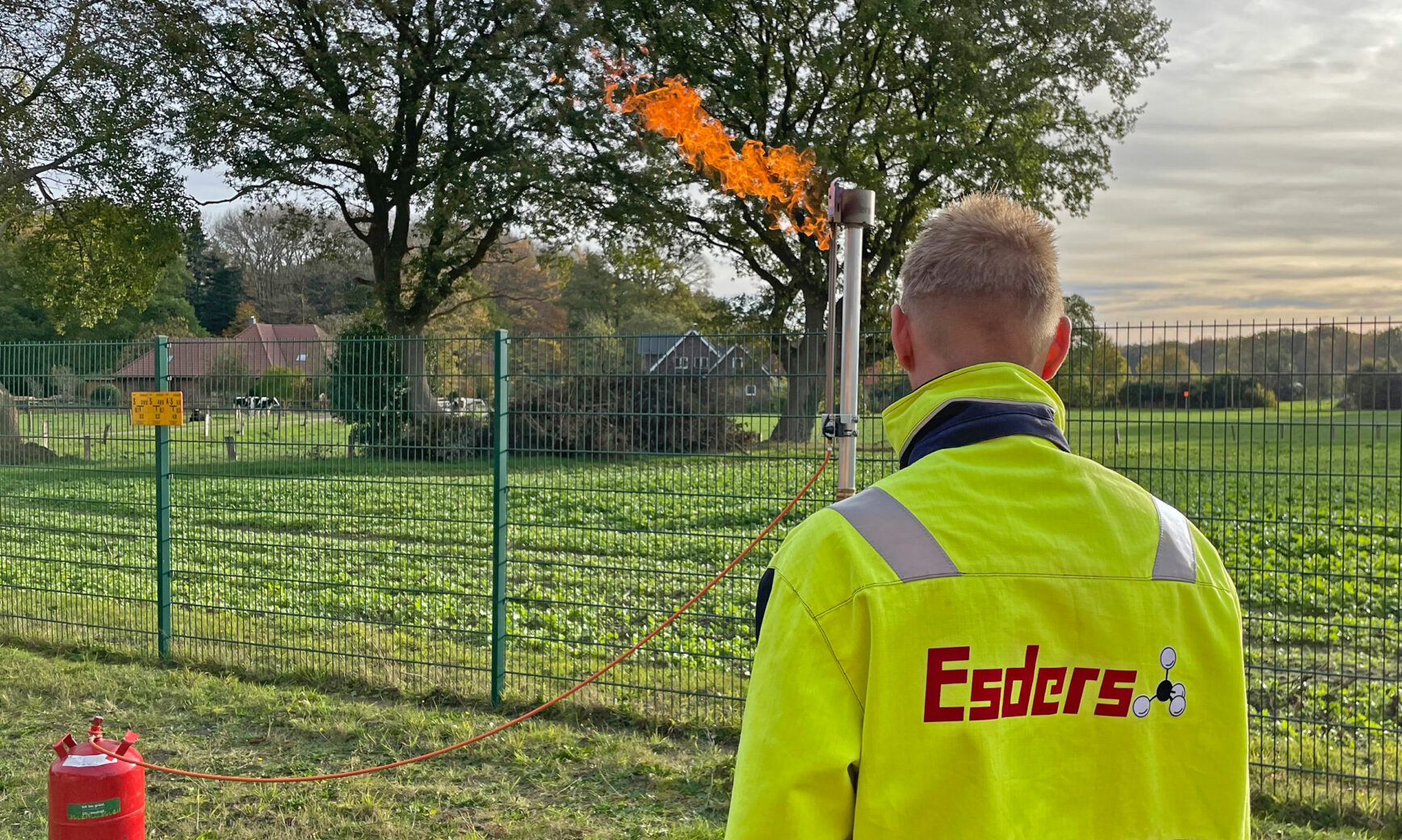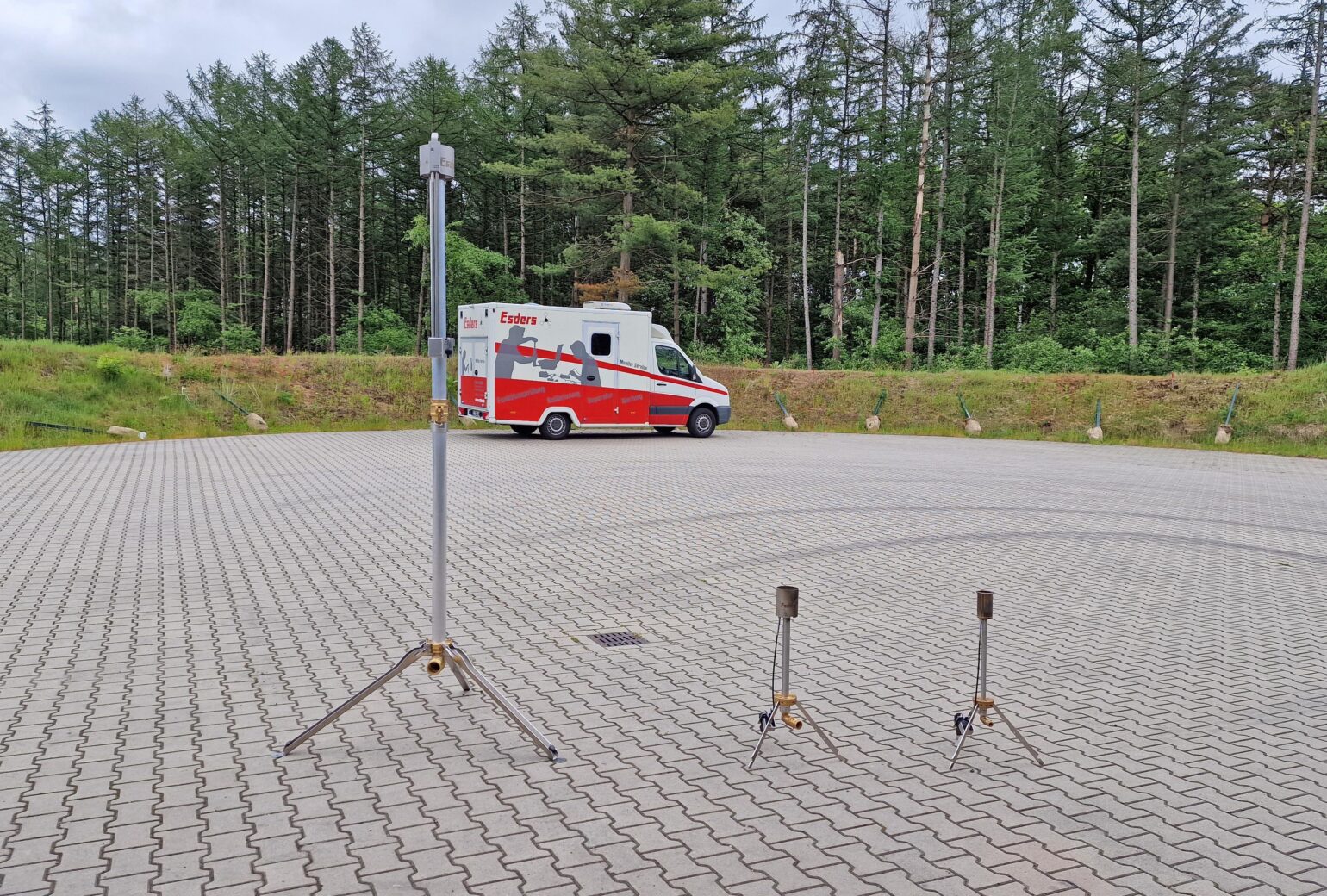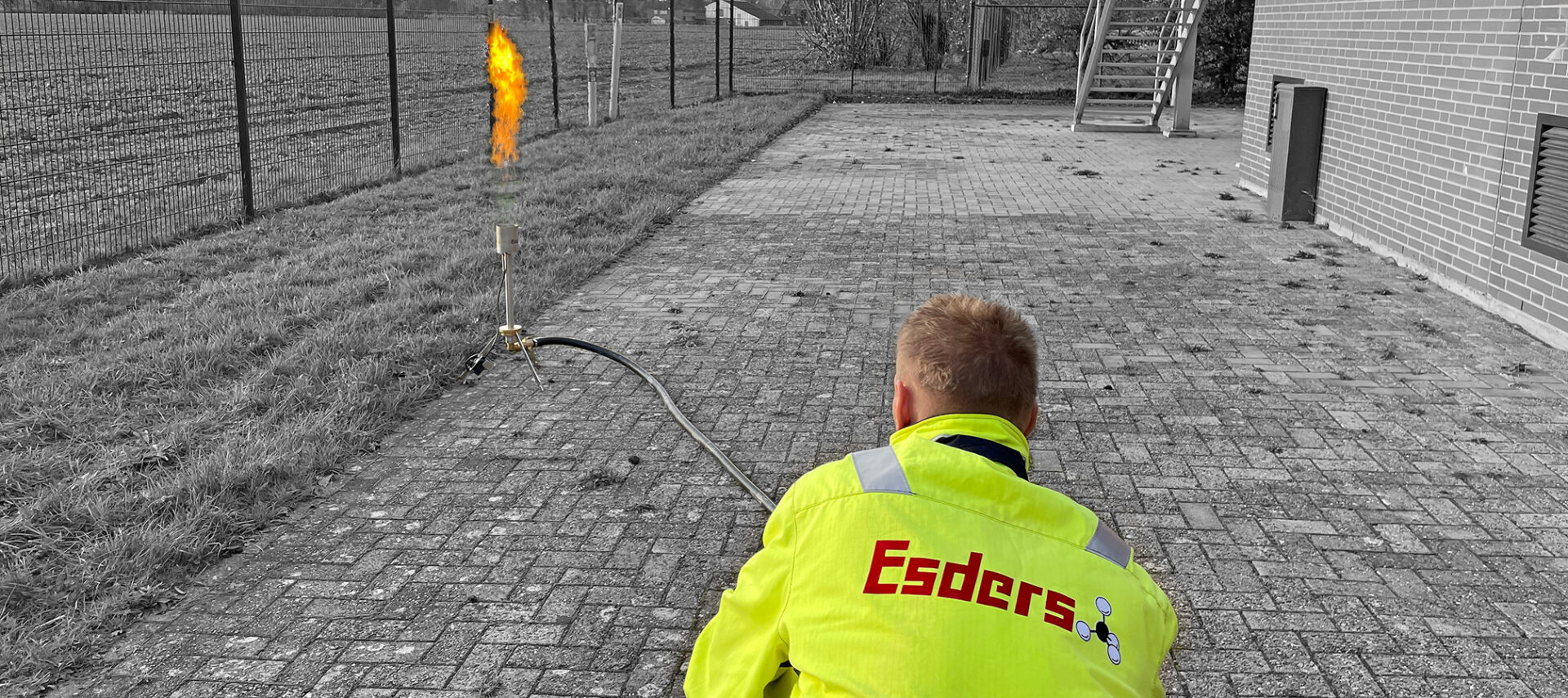Table of Contents
We have already mentioned in a past blog post „Reduction of methane emissions in the gas distribution network through the use of a mobile gas flare“ that a corresponding EU regulation to reduce methane emissions is being worked on. The draft of the EU methane strategy is already officially available in all EU member states and is being finalised. Publication of the final draft is expected by the end of 2023.
Download
Annotated extract from the EU Methane Regulation
We offer you a commented extract from the EU Methane Regulation, specifically adapted to the oil and gas sector. This document contains our assessments and innovative approaches to the current requirements.
Download our asset now and save yourself from reading 55 pages of EU regulation texts.
The regulations of the future ordinance will result in significant changes in gas distribution network operations. Mainly intrinsic emissions (leaks and untightness) and operational emissions (e.g., during commissioning or decommissioning of gas pipelines) will be addressed, e.g., far-reaching specifications for the detection and repair of leaks (LDAR = Leak Detection and Repair) and regulations on flaring and blowing off will be set.
In this blog post we want to focus on the restrictions and regulations of flaring and blowing off. Is it allowed to vent natural gas into the atmosphere at all? When is flaring allowed? What properties must a gas flare fulfil?
First of all, a terminology needs to be clarified. The EU Methane Emission Regulation mentions “routine flaring”, which will be banned in the future. Routine flaring refers to “flaring during the normal production of oil or fossil gas”, meaning e.g., high flares in oil fields or refineries. Esders GmbH’s mobile gas flares are used in the field of gas distribution and do not fall under the term routine flaring. Thus, the general ban on routine flaring does not apply to the use of our gas flares.

Flaring and blowing off in the EU methane strategy
In Chapter 3, article 15 and following, a wide variety of rules, restrictions and exceptional cases of flaring and venting of natural gas in distribution system operation are specified. In case a certain amount of methane has to be removed from a pipeline section, a superordinate procedure can be summarised, so to say as a permitted sequence of measures:
- Gas recycling
o Diverting to other pipeline sections, intermediate storage, on-site utilisation
- Flaring
o Permitted, if point 1. technically not possible
- Venting / blowing off
o Only permitted if point 2. not technically possible, e.g., due to insufficient ignition capability or for safety reasons
Thus, gas flaring is by no means prohibited and still provides an effective measure to reduce operational methane emissions in the gas distribution network. Often, the intermediate storage or diversion of gas is only partially possible and a certain residual pressure remains in the pipeline section. This residual gas should also be flared in the future after the new regulation comes into force.
Venting gas into the atmosphere, on the other hand, is now only used as a last resort and only in cases where safety concerns or technical problems such as the lack of ignition capability of the gas mixture indicate that flaring is not an option.
Documentation and reporting in the EU methane strategy
All venting processes and all flaring processes must be documented in the future. In addition, these processes must be reported to a department yet to be named. This reporting must include a justification for the chosen measure, e.g., why it was vented and not flared. In addition, for each measure it is required that the amount of methane vented or flared is measured and documented. Reporting of flaring and blowing operations must be done at least quarterly.
Gas flare requirements in the EU methane strategy
The regulation specifies only a few requirements for gas flares. The most important requirement relates to the combustion efficiency of the gas flare, which must be at least 99%. This means that the gas flare must burn the supplied methane almost completely, so that less than 1% of the supplied methane quantity remains not flared.
In addition, gas flares should be equipped with either an automatic ignition or a control flame .
A weekly inspection of the gas flare is required to ensure its proper functioning.
Esders GmbH’s Mobile Gas Flares S, M and XL meet the requirements of the EU Methane Regulation and can continue and be used in the future as an effective tool for reducing methane emissions in the gas distribution network. The currently published German DVGW Code of Practice G 404 also recommends gas flares as an effective tool for reducing operational methane emissions. Our mobile gas flares meet all the requirements of the technical bulletin.

We put together all the information for you, including a concrete calculation example of the methane quantities for house connections. We take current developments into account and update the page for you regularly. You can also find more information on the EU Methane Regulation and the reduction of methane emissions here.
Download our asset on flaring methane
Are you interested in reducing methane emissions? Then you should definitely download this asset on how flaring methane reduces emissions. This asset explains how the Mobile Gas Flare is the best alternative to blowing off and releasing.
By downloading this asset, you will gain valuable knowledge about the flaring times.

